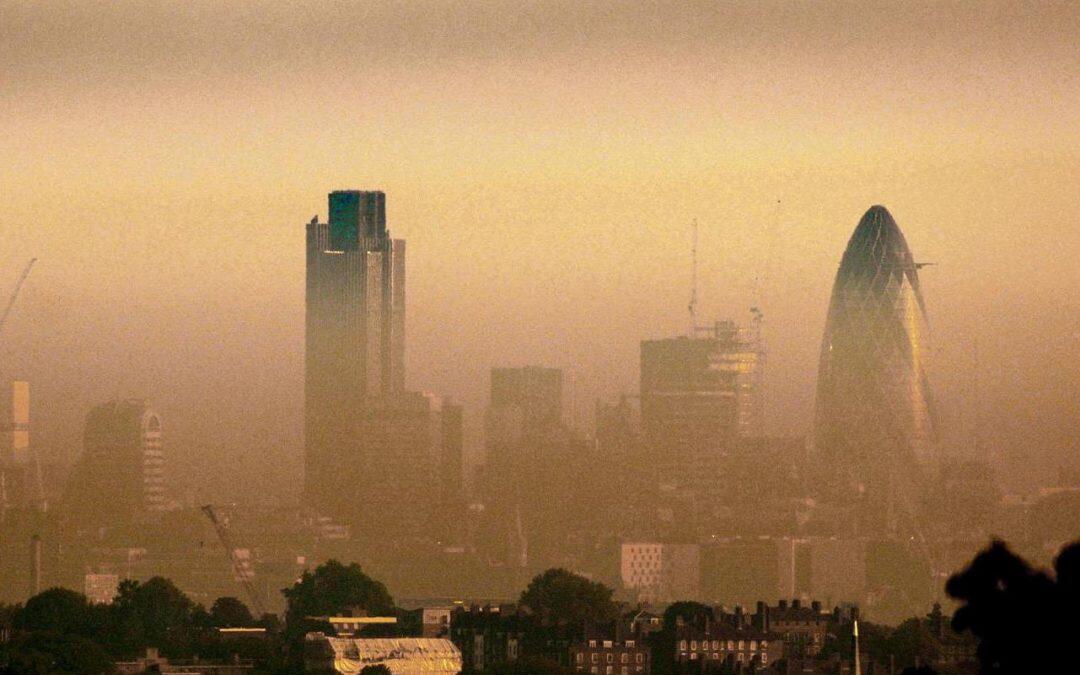Thousands of pollution monitoring tags will be given away to schools and community groups in what aims to be London’s biggest experiment measuring air quality right down to street level.
Data from CleanSpace Tags will help create a map charting parts of the capital with the dirtiest and cleanest air.
The normally £50 tags, about the size of a smartphone phone, are manufactured by Drayson Technologies whose campaign is backed by the British Lung Foundation and Greenpeace.
The tags work with a mobile app to record local air pollution levels and create a map of hotspots, and where the air is cleaner.
They monitor carbon monoxide, one of the gases released from petrol and diesel vehicle exhaust fumes.
Ultra-fine PM2.5 particulates present in diesel fumes are linked to respiratory diseases that contribute to the deaths of nearly 9,500 Londoners every year.
The CleanSpace app summarises pollution exposure on the user’s journey with a coloured circle: red means “high”, yellow “medium” and green “low”.
The tags have a tiny battery that “harvests” energy wasted in wireless transmissions, such as WiFi and radio, using Freevolt technology.
CleanSpace tags were created by millionaire former science minister Lord Drayson who is asthmatic, as are four of his five children. Lord Drayson said he wanted more intricate pollution data for a city of 8.5 million people, but where air quality information comes mainly from 160 fixed sensors.
Schools and community groups such as sports teams, youth clubs and centres for the elderly are asked to register their interest for tags on the Map London website. Drayson Technologies said the aim was to collect enough data so that the map can be viewed “street by street”.
The tags will work best with people who “frequently move around the city”.
Lord Drayson said: “As more people, groups and organisations use CleanSpace Tags, they will be crowdsourcing data that is vital to individuals, businesses and policy makers.”
Barbara Stoll, senior air quality campaigner at Greenpeace, said: “Being aware of pollution levels around us is solving a part of the problem, but to truly solve the crisis what we need is action from the Government— both at London and national level.”
Source: Standard.co.uk











